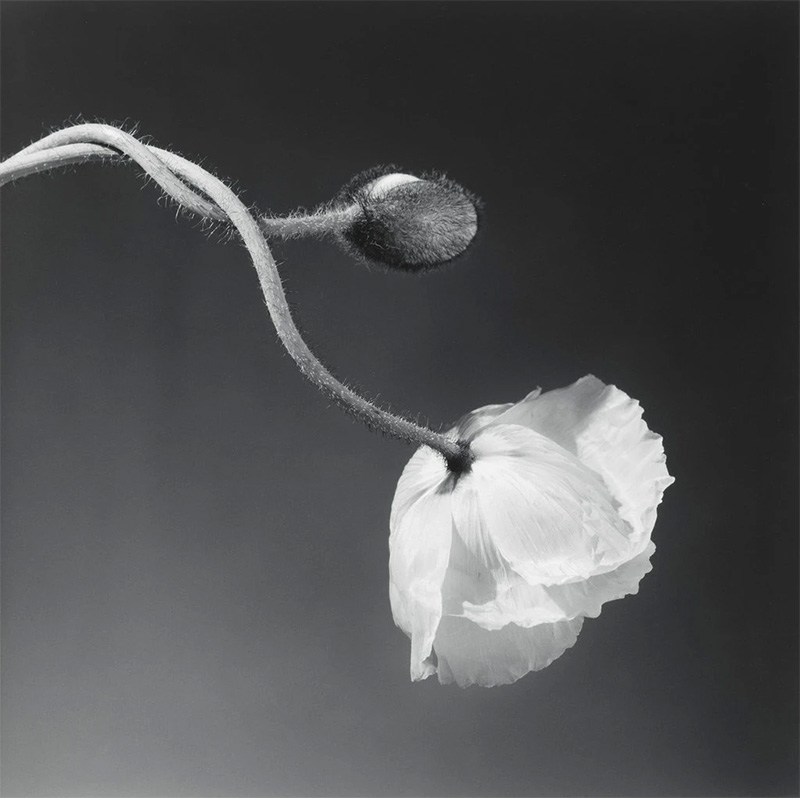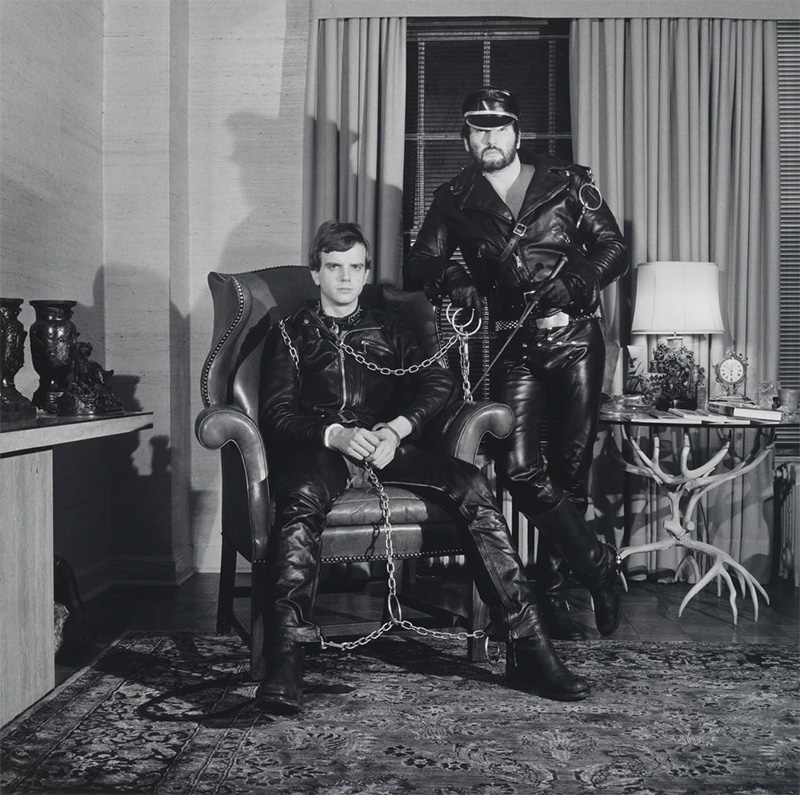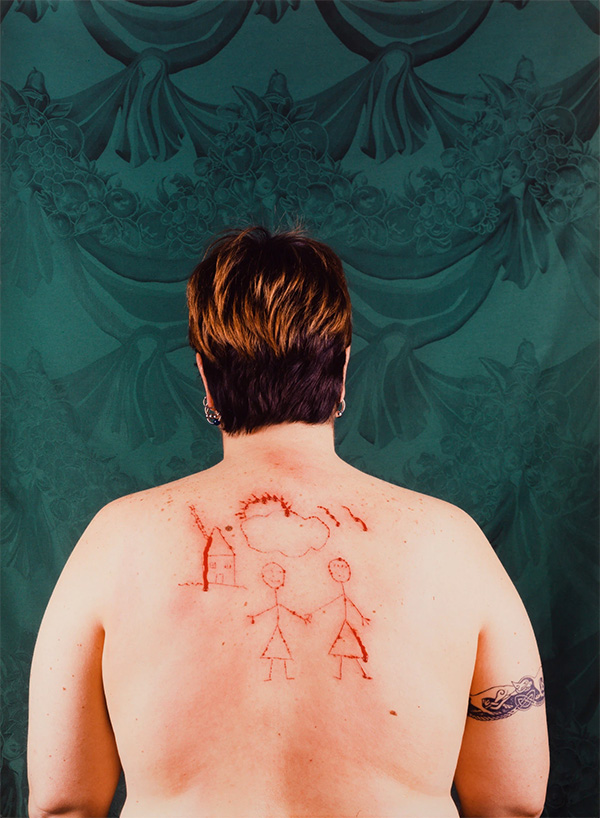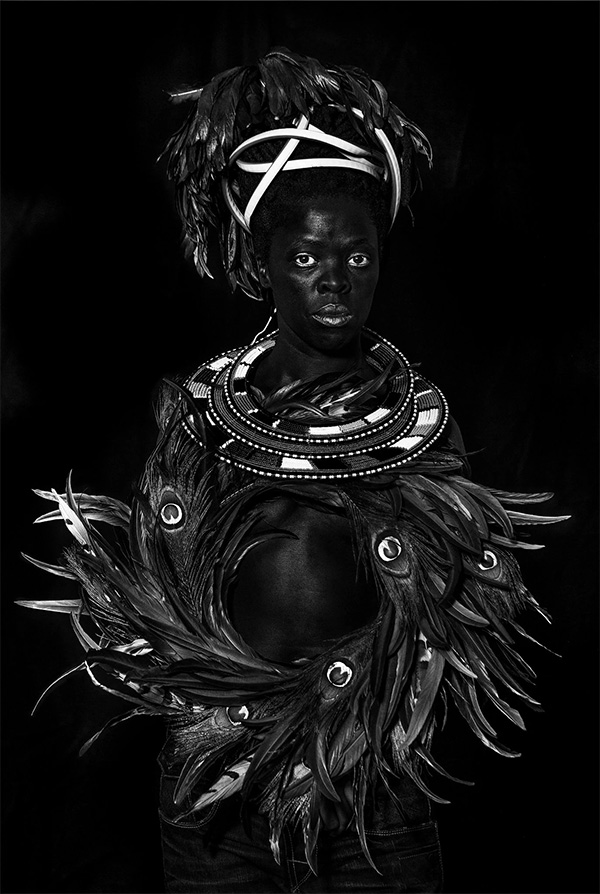
- Source: THE NEW YORK TIMES
- Author: ARTHUR LUBOW
- Date: JULY 25, 2019
- Format: PRINT AND DIGITAL
Has Robert Mapplethorpe’s Moment Passed?
The photographer’s once-taboo images have lost their power to shock, and feed into outworn stereotypes, a critic argues.

Robert Mapplethorpe Foundation; Solomon R. Guggenheim Museum)
Thirty years after Robert Mapplethorpe’s death, the legend still obscures the photographs. His demise at 42 from AIDS, during the height of the American epidemic, gave a tabloid stamp to the authenticity of his sexually transgressive art. And right at that time arose the political controversy that enshrined him as a martyr to artistic freedom: a Congressional uproar over a traveling exhibition and then a grandstanding criminal obscenity case in Cincinnati. His place in political history is secure.
But how do his photographs stand up? Are they, to invoke Ezra Pound, news that stays news? A yearlong exhibition at the Guggenheim Museum, which aims to lionize the photographer, instead suggests that his sexually explicit images, once shocking, now look like clinical illustrations in a textbook on fetishes, while his glorifications of black men feed into old, odious stereotypes.
“Implicit Tensions: Mapplethorpe Now,” on view through Jan. 5, is the second of a two-part presentation. The previous show comprehensively sampled Mapplethorpe’s own work for a new generation of viewers. This installment includes, along with his pictures, works by six gay, lesbian and queer artists — Lyle Ashton Harris, Rotimi Fani-Kayode, Glenn Ligon, Zanele Muholi, Catherine Opie and Paul Mpagi Sepuya — who have, in different ways, been influenced by him.
In his abbreviated career, Mapplethorpe consistently applied rigorous studio techniques to everything he portrayed. “I’m looking for perfection in form,” he said, whether with portraits, penises or flowers. “It’s not different from one subject to the next.”

Robert Mapplethorpe Foundation; Solomon R. Guggenheim Museum)

Robert Mapplethorpe Foundation; Solomon R. Guggenheim Museum)

Robert Mapplethorpe Foundation; Solomon R. Guggenheim Museum)
He was essentially a fashion photographer. In leather bars and sex clubs he recruited his models, and he staged them performing acts that were bizarre and disquieting to a general audience. He photographed a man with a fist in another’s anus, or a subject urinating into his partner’s mouth, as coolly as if he were recording this season’s dresses. “It was almost like theater that was happening for the photo sessions — it wasn’t sex,” he said. The raunchiness of the scenes resonated dissonantly with the meticulous mode of the presentation. The sex pictures are very unsexy.
By the end of the ’70s, he had moved on to another of his erotic interests: the fetishizing of black men in portraits. Like a 19th-century academician, he directed his nude, muscular African-American models to assume classical poses, perched on stools or configured within circles. Often he framed them as headless bodies or with their faces turned away.
During his lifetime he shot portraits of socialites and far too many of female body builders. As he weakened physically, he produced still-life pictures of flowers — not as female receptors, in the manner of Georgia O’Keeffe’s paintings, but underscoring their phallic shapes. Most of these pictures are pretty and some are interesting, but it’s the ones of sex and black men that established his reputation.
What made the sex photographs novel and controversial was their glimpse of uncharted and arcane S&M practices. With few exceptions, they read today like lifeless advertisements. The emergence of gay people into the mainstream and, more to the point, the ubiquity of internet pornography, have lifted Mapplethorpe’s kinks out of the shadows.
Even his pictures of genital torture, gruesome to behold, are less unnerving and far less thought-provoking than Ms. Opie’s 1994 “Self-Portrait/Cutting”: her naked back incised with a bloody stick-figure drawing, like something a child might do, of two women holding hands by a house beneath a cloud. The battle lines in the L.G.B.T.Q. community have moved from sexual freedom to knottier questions of gender identity, social conformity and racial intersectionality. Not by chance, all the artists in the second half of the Guggenheim exhibition are black or female.

Catherine Opie; Solomon R. Guggenheim Museum)
At a recent performance of an oratorio about Mapplethorpe at the Brooklyn Academy of Music, called “Triptych (Eyes of One on Another),” the once-taboo images of sexual activity provoked not a gasp nor a titter.
But the images that continue to make viewers uncomfortable, and rightly so, are the ones of nude black models. The most telling criticism of Mapplethorpe’s approach has come from gay black men. Mr. Harris’s self-portraits — such as his posing in whiteface drag in “Americas,” at the Guggenheim, or in female garb with his genitals exposed in the “Constructs” series — deliberately undermine the mythology of the virile, potent black man.
Mr. Ligon in the early ’90s undertook a project, “Notes on the Margin of the Black Book,” that collected texts, including his own, commenting on the issues raised by the Mapplethorpe photographs. Remounted at the Guggenheim, his installation touches on the unease felt by gay black men when they view bodies they find attractive in what they also consider to be dehumanizing depictions by a white observer.
He cites an essay by the black film director and artist Isaac Julien and Kobena Mercer, now a professor of art history and African-American studies at Yale: “Mapplethorpe appropriates the conventions of porn’s racialized codes of representation, and by abstracting its stereotypes into ‘art,’ he makes racism’s phantasms of desire respectable.” (Mr. Mercer later expressed more ambivalence, in part because of the ways that black gay artists, like Mr. Julien and Mr. Fani-Kayode, have made use of Mapplethorpe’s work.)
In one of the texts that Mr. Ligon includes, the novelist Alan Hollinghurst writes that Mapplethorpe was not “unaware of the political implications of a white man shooting physically magnificent black men, and such implicit tensions lend a piquancy to these pictures.” But “piquancy” seems the wrong word to describe a work like “Thomas,” from 1987, a vertical diptych with a favorite model that combines a photograph of a classically posed naked black man with an egregious swatch of leopard-skin fabric. I don’t believe Mapplethorpe was being ironic here. The grandiosity of his ambition (he compared himself to Michelangelo) rarely allowed for humor.
But there is one notable image that arouses humor and uneasiness with a punch that still stuns. Arguably his best picture, as well as the most notorious, “Man in Polyester Suit” depicts a large penis that flops out of the fly of a cheap business suit. Impeccably staged, the photograph excludes the model’s head (Milton Moore didn’t want to be identifiable). The cropped format might have been a department-store suit ad, except that here it is instilling desire for the body part and not the garment. Indeed, the condescension toward the suit — and, by implication, the man who has selected it — contributes greatly to the disturbing sense that this faceless man has just one thing to offer. “It is supposed to be shocking,” wrote the critic Arthur Danto.

Rotimi Fani-Kayode, via Autograph ABP; Solomon R. Guggenheim Museum)

Zanele Muholi, via Stevenson, Cape Town/Johannesburg, and Yancey Richardson, New York; Solomon R. Guggenheim Museum)
Usually, however, Mapplethorpe romanticizes the black body, at times going so far as to include touristy, tribal accouterments like face paint or leopard skin. Two African-born photographers in the Guggenheim show, Mr. Fani-Kayode and Muholi (who uses the singular pronoun they), demonstrate more informed approaches.
After making many portraits of queer people in the artist’s native South Africa, Muholi has turned to self-portraits. Working in a personally familiar tradition, sometimes Muholi wears feathers and cowrie shells; other times headdresses contrived of cleaning tools used by domestic workers like the artist’s mother. In the darkroom Muholi intensifies the black tones of their skin, so that the whites of their self-assertive eyes, gazing at the viewer, radiate in high contrast. Muholi is very adamantly an actor, not an object.
Born in Nigeria to a prominent Yoruba family, Mr. Fani-Kayode died of AIDS in London in 1989. Like Muholi, he would sometimes pose his models with African artifacts, but to produce something profound and mysterious. In “Bronze Head,” a Yoruba copper-alloy bust is positioned between the buttocks of a naked black man. Is this penetration, defecation or childbirth? In “Tulip Boy II,” he depicts a proud man with a parrot tulip clenched in his mouth. Compare that to Mapplethorpe’s portrait of Dennis Speight naked, holding a spray of calla lilies like a floral ejaculation. Mr. Speight’s tentative, apprehensive expression reinforces the sense that his sole purpose is to please the photographer.
The artist in the Guggenheim show closest to Mapplethorpe is Mr. Sepuya, who photographs nude men — including himself — in sexual poses in the studio. At his last New York exhibition at Team Gallery, a portrait showed the photographer holding a camera in one hand while flanked by two men. He has one man’s penis in his mouth and another grasped in his free hand. This is an outrageous, but not very interesting, Mapplethorpe setup. The only difference is that the photographer was black and the genitals were white.

Solomon R. Guggenheim Museum)
Most of Mr. Sepuya’s recent work uses mirrors, cloths and other studio apparatus to occlude the image. Mapplethorpe also relied on a bag of tricks — in his case lifted from 19th- and early 20th- century photographers. From Baron Wilhelm von Gloeden’s portrait of a Sicilian boy, “Cain”, Mapplethorpe took the pose for his black model, Ajitto, on a stool. The incongruity of posing a socially marginalized couple in a bourgeois home came from Diane Arbus. His theatrically posed male nudes were antedated by George Platt Lynes’s.
But his chief debt was owed to Man Ray. “He kicked around photography in a way that hadn’t been done before,” Mapplethorpe told an interviewer. The radical foreshortenings and inversions that make buttocks resemble hillocks, the light that sifts through window blinds and casts patterns on a torso, the self-portrait in drag, the photographing of people to look like statues and statues to look like people — all, and much more, came from Man Ray (and his collaborators, Marcel Duchamp and Lee Miller). But in all of these borrowings, Mapplethorpe’s version is less compelling than the original source. When Man Ray used slatted light, for example, the bands of light and dark gloriously dematerialize the woman’s skin with whirls of illumination. In Mapplethorpe, the stripes are as monotonous as prison bars.
Mapplethorpe’s most prescient move may have been his dedication to staged studio work. That practice is now prevalent among younger photographers, but when he was coming up, street photography ruled in artistic circles. John Szarkowski, the influential photography director at the Museum of Modern Art, did much to enforce that bias. He considered Garry Winogrand, whose compressed, off-kilter pictures found poetry in chaos, to be “the central photographer of his generation.” As Mapplethorpe noted, his own pictures were “the opposite of Garry Winogrand’s.”
In 2003, Mr. Szarkowski told me that Mapplethorpe “was a pretty good commercial photographer who photographed things people weren’t accustomed to seeing in mixed company.” “It’s not photographically interesting,” he added.
Put a little more generously, Mapplethorpe had the canniness and the guts to exhibit pictures that framed his sexual obsessions with a formal elegance that allowed them unprecedented entree into galleries and museums. He aligned perfectly with the historical moment, but that moment has passed.

